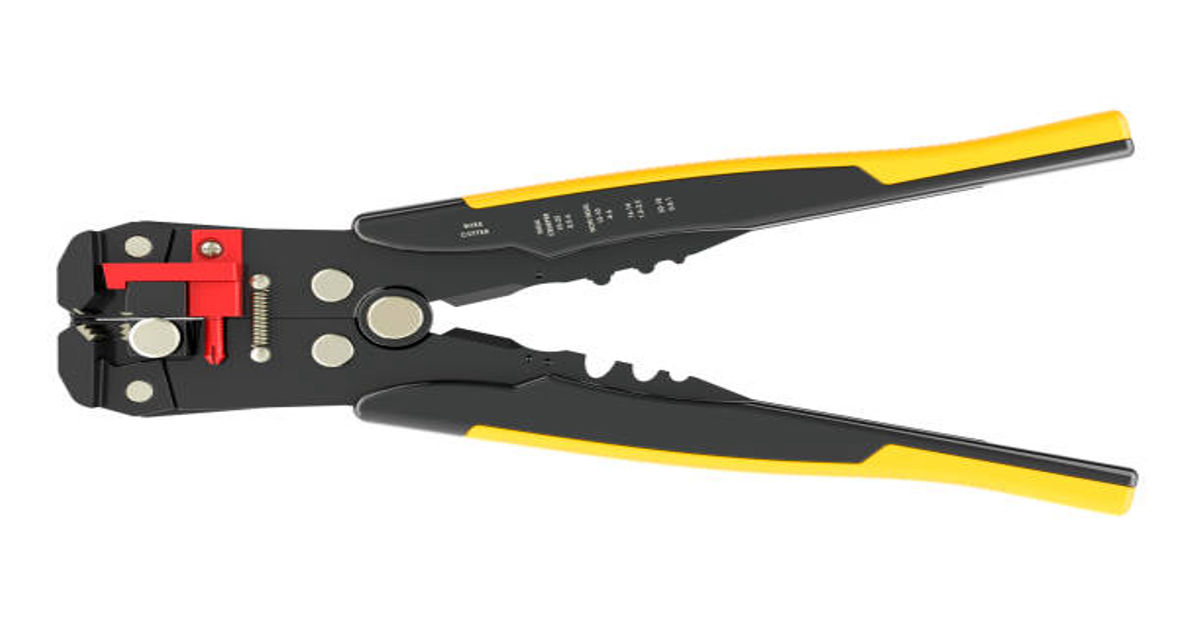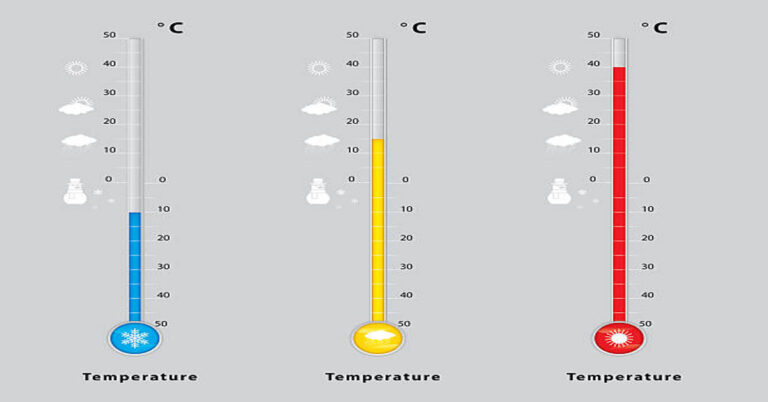
A wire cutter is one of the most commonly used hand tools in both industrial and domestic settings. Despite its simple appearance, the wire cutter plays a crucial role in electrical, construction, automotive, and crafting work. From slicing through copper wires to cutting steel cables, a wire cutter ensures precision, efficiency, and safety in numerous tasks. This detailed guide explores everything you need to know about wire cutters—their history, types, materials, functions, applications, maintenance, and safety precautions.
1. Understanding What a Wire Cutter Is
A wire cutter is a hand-operated tool designed primarily to cut metal wires and cables. It consists of two handles, a pivot joint, and sharp cutting blades positioned near the pivot point. When the handles are pressed together, the mechanical leverage generated at the joint allows the blades to slice through metal wires effortlessly.
Wire cutters are not only used in electrical work but also in jewelry making, fencing, automotive repair, telecommunications, and household maintenance. They come in multiple forms—each designed to handle specific wire thicknesses, materials, and precision levels.
2. The Evolution and Importance of Wire Cutters
Wire cutting tools have existed in some form for centuries. In early times, craftsmen used chisels or knives to cut wire, but this method was slow and inaccurate. With the advancement of metallurgy in the 19th century, toolmakers began designing specialized pliers and cutters that provided leverage and cleaner cuts.
Today, wire cutters are essential tools in every toolkit—from a professional electrician to a home DIY enthusiast. They allow for precision cutting, minimal material damage, and enhanced safety, particularly when working with live electrical circuits or delicate electronic components.
3. Construction and Working Principle of Wire Cutters
A wire cutter is built to maximize cutting efficiency through leverage. It typically includes:
| Component | Description |
|---|---|
| Handles | Long arms, usually covered with rubber or plastic insulation for grip and electrical protection. |
| Pivot Joint | Acts as a fulcrum, allowing the blades to move with high force even with minimal hand effort. |
| Cutting Blades | Sharp edges positioned near the joint; they do the actual cutting. |
| Spring Mechanism (in some types) | Automatically reopens the handles after each cut for faster operation. |
Working Mechanism:
When pressure is applied on the handles, the force is transferred to the blades through the pivot joint. The leverage amplifies the input force, enabling the blades to cut through even tough metal wires efficiently. The closer the wire is positioned to the pivot point, the more cutting power is generated.
4. Types of Wire Cutters
Wire cutters are classified based on their design, blade shape, and intended use. Below are the main types:
4.1 Diagonal Cutting Pliers (Side Cutters)
These are the most common wire cutters. The blades are set at an angle (diagonal), allowing them to cut flush against a surface. Ideal for cutting electrical wires, plastic ties, and copper leads.
Best for: Electricians, electronics assembly, and general-purpose use.
4.2 End Cutting Pliers (End Nippers)
End cutters have jaws that are perpendicular to the handles. They’re used for cutting nails, wires, or metal pins close to a surface without damaging it.
Best for: Carpentry, fencing, and removing fasteners.
4.3 Lineman’s Pliers
These are heavy-duty cutters designed with gripping jaws and a cutting edge. They can cut, twist, and pull wires, making them versatile.
Best for: Utility workers, electricians, and construction tasks.
4.4 Flush Cutters
Flush cutters are used for precision work where a clean, flat finish is needed. They cut wires with minimal burr or projection.
Best for: Electronics, circuit boards, and jewelry making.
4.5 Cable Cutters
Cable cutters are designed for cutting thick wires or cables such as steel wire rope or coaxial cables. They have long handles and compound leverage systems.
Best for: Telecommunications, heavy electrical work, and mechanical repairs.
4.6 Bolt Cutters
Bolt cutters are large cutters with long handles designed to cut bolts, chains, and thick metal rods. While not typically considered small wire cutters, they are part of the same family.
Best for: Industrial use and construction.
4.7 Precision Wire Cutters
Miniature cutters used for delicate tasks. These have fine-tipped jaws for cutting thin wires or components without deforming them.
Best for: Watchmaking, model building, and electronics.
Table: Comparison of Major Wire Cutter Types
| Type | Blade Shape | Common Use | Wire Capacity | Precision Level |
|---|---|---|---|---|
| Diagonal Cutters | Angled | Electrical work | Medium | High |
| End Cutters | Flat | Nailing, fencing | Medium | Moderate |
| Lineman’s Pliers | Straight + Grip | Twisting, cutting | Heavy | Moderate |
| Flush Cutters | Flat | Electronics | Light | Very High |
| Cable Cutters | Curved | Thick cables | Heavy | Moderate |
| Bolt Cutters | Angled | Bolts, chains | Very Heavy | Low |
| Precision Cutters | Sharp, Fine Tip | Jewelry, models | Light | Very High |
5. Materials Used in Manufacturing Wire Cutters
The durability and cutting efficiency of a wire cutter depend largely on its material composition. Below are the commonly used materials:
| Component | Material Used | Properties |
|---|---|---|
| Blades | High-Carbon Steel, Chrome Vanadium Steel | Strong, maintains sharpness, corrosion-resistant |
| Handles | Insulated Rubber or Plastic | Ensures grip and electrical protection |
| Pivot Joint | Hardened Steel | Smooth movement and long lifespan |
| Spring (if present) | Stainless Steel | Resilient and prevents rust |
Premium-quality cutters are often heat-treated for hardness and may include nickel or chrome plating for additional corrosion resistance.
6. Choosing the Right Wire Cutter
Selecting the proper wire cutter depends on the type and thickness of wire, frequency of use, and precision required. Below are key factors to consider:
| Selection Factor | Description |
|---|---|
| Wire Type | Choose a cutter that matches the wire material—copper, aluminum, or steel. |
| Cutting Capacity | Each tool specifies a maximum wire gauge; avoid exceeding this limit. |
| Ergonomics | Comfortable grips and spring mechanisms reduce hand fatigue. |
| Insulation | Essential for electrical work; look for insulated handles rated for voltage. |
| Durability | Hardened steel cutters last longer and stay sharp with heavy use. |
| Precision Needs | For electronics or crafts, opt for flush or precision cutters. |
Example:
If you’re cutting 12-gauge copper electrical wire, a diagonal cutting plier with insulated grips is ideal. For cutting a steel cable, use a cable cutter with compound leverage.
7. Applications of Wire Cutters
Wire cutters serve countless purposes across industries. Let’s explore their widespread applications:
7.1 Electrical Work
Electricians rely on wire cutters for trimming, stripping, and connecting electrical wires safely. They ensure neat installations and accurate connections.
7.2 Construction and Fencing
Builders use heavy-duty wire cutters for cutting rebar ties, fencing wires, and metal mesh.
7.3 Automotive Industry
Technicians cut and repair vehicle wiring harnesses using insulated wire cutters.
7.4 Jewelry Making
Precision cutters are used to trim fine metal wires and components for jewelry.
7.5 Telecommunications
Cable cutters and lineman’s pliers handle fiber optic cables and network wiring.
7.6 Household Use
From cutting picture frame wire to fixing electronics, wire cutters are common household tools.
7.7 Arts and Crafts
Artists use them to shape metal wires, cut floral stems, or work with craft materials.
8. Maintenance and Care Tips
Proper maintenance ensures long life and safe use of your wire cutter. Follow these guidelines:
- Clean After Every Use: Wipe blades to remove dirt, grease, or metal shavings.
- Lubricate the Pivot Joint: Apply light oil to maintain smooth movement.
- Avoid Overloading: Never cut wire thicker than the tool’s rated capacity.
- Store Properly: Keep in a dry place to prevent rusting.
- Sharpen When Needed: Use a fine file or sharpening stone to restore dull edges.
- Check Insulation: Replace if the rubber coating cracks or wears out.
Table: Maintenance Schedule
| Activity | Frequency | Purpose |
|---|---|---|
| Cleaning | After Each Use | Prevents rust and residue buildup |
| Lubrication | Monthly | Ensures smooth pivot movement |
| Inspection | Quarterly | Detects wear or damage early |
| Sharpening | As Needed | Maintains cutting performance |
9. Safety Precautions While Using Wire Cutters
Wire cutters can cause injury or damage if misused. Always follow these safety measures:
- Wear Safety Glasses: Protect eyes from flying wire ends.
- Use Insulated Cutters: For electrical work, use cutters rated for voltage protection.
- Cut at the Correct Angle: Always position the wire near the pivot for maximum leverage.
- Do Not Twist or Pry: Wire cutters are designed to cut, not to bend or twist wires.
- Keep Hands Clear: Ensure fingers are not near the cutting blades.
- Store Safely: Keep out of reach of children.
10. Common Problems and Solutions
| Problem | Possible Cause | Solution |
|---|---|---|
| Cutter not cutting smoothly | Dull blades | Sharpen or replace |
| Rust formation | Improper storage | Clean and oil regularly |
| Handles slipping | Worn insulation | Replace or use gloves |
| Sticking pivot | Lack of lubrication | Apply machine oil |
| Wire deformation | Using wrong type | Choose correct cutter type |
11. Comparison Between Wire Cutters and Similar Tools
Wire cutters are often confused with other hand tools like pliers or crimpers. The table below clears the difference:
| Tool | Primary Function | Cutting Capability | Example Use |
|---|---|---|---|
| Wire Cutter | Cutting wires | Excellent | Cutting electrical wires |
| Pliers | Holding or bending | Limited | Twisting or pulling wire |
| Crimping Tool | Attaching terminals | Moderate | Crimping connectors |
| Wire Stripper | Removing insulation | Minimal | Stripping wire jackets |
| Cable Cutter | Cutting thick cables | Excellent | Cutting coaxial cables |
12. Innovations in Modern Wire Cutters
With technological advancements, modern wire cutters now feature:
- Ergonomic Handles: Designed to reduce strain during long use.
- Ratchet Mechanisms: Increases cutting efficiency for thick cables.
- Replaceable Blades: Extends lifespan by replacing only the blades, not the entire tool.
- Self-Adjusting Grips: Fit automatically to different wire sizes.
- Insulated, Flame-Resistant Coatings: Enhance electrical safety.
These innovations make today’s cutters more durable, comfortable, and efficient than ever before.
13. Environmental and Safety Regulations
In professional settings, wire cutters used in electrical or construction work must comply with standards like:
- ANSI/ASME B107.500 – Defines plier and cutter performance standards.
- IEC 60900 – Specifies requirements for insulated tools used in live circuits.
- ISO 5749 – Covers general dimensions and mechanical properties of cutting pliers.
Following certified tools ensures worker safety and product reliability.
14. Benefits of Using a Wire Cutter
- Precision and Clean Cuts – No jagged edges or burrs.
- Time Efficiency – Cuts quickly and accurately.
- Safety – Reduces risk of electric shock or wire slippage.
- Durability – Made from hardened steel, lasts for years.
- Versatility – Suitable for various materials and applications.
15. Environmental Considerations
While wire cutters themselves are long-lasting, their disposal or manufacturing should be environmentally responsible. Manufacturers now emphasize:
- Use of recyclable materials.
- Environmentally safe coatings.
- Reduced packaging waste.
Users can extend tool life by maintaining cutters rather than replacing them frequently.
16. Expert Tips for Effective Use
- Always cut wires close to the pivot joint for stronger leverage.
- For precision electronics, use flush cutters instead of diagonal pliers.
- When cutting multi-strand cables, twist them first for a cleaner cut.
- Store cutters in a tool pouch to protect blade edges.
- Never use cutters on hardened steel nails unless rated for it.
17. Future of Wire Cutting Tools
The future of wire cutters is heading toward smart tools that integrate sensors and materials analysis. Some innovations under development include:
- Battery-assisted cutters for reducing hand fatigue.
- Smart diagnostics to detect wear or dullness.
- Magnetic or laser-guided alignment for precise cuts.
- Eco-friendly production using sustainable materials.
18. Summary
Wire cutters, though small and often overlooked, are indispensable tools across industries. From electrical wiring to jewelry crafting, their precision, reliability, and ease of use make them a staple in every toolkit. Choosing the right type based on application, maintaining it properly, and following safety protocols ensures optimal performance and long service life.
FAQs
1. What is the difference between wire cutters and pliers?
Wire cutters are designed primarily for cutting, while pliers are meant for gripping, bending, and twisting. Some pliers include cutting edges, but they are not as sharp or precise as dedicated wire cutters.
2. Can wire cutters cut steel wire?
Yes, but only if they are designed for it. Standard wire cutters handle copper or aluminum, whereas high-leverage or hardened steel cutters are needed for cutting steel wire.
3. How do I maintain my wire cutter?
Clean after each use, lubricate the pivot regularly, store in a dry place, and sharpen the blades when dull. Always inspect for cracks or worn insulation.
4. Are insulated wire cutters necessary for electrical work?
Absolutely. Insulated wire cutters provide protection against electric shock and should meet IEC 60900 or equivalent safety standards.
5. Can I sharpen wire cutter blades myself?
Yes, you can use a fine metal file or sharpening stone. However, for professional tools, it’s often better to have them sharpened by an expert to maintain blade geometry.





